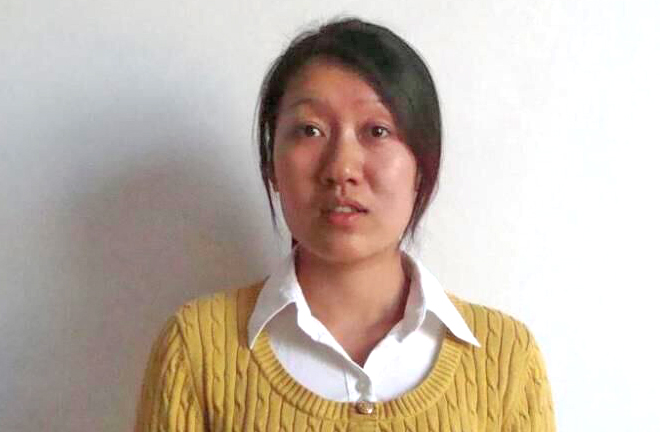SHI HAIBO: Raising social quality key to better life
 Social quality can be used to gauge social development. A high-quality society emphasizes the development of society as a whole, which not only provides social and economic assurances to its people and helps to stimulate their potential but also comprehensively fulfills the social value and free development of individuals.
Social quality can be used to gauge social development. A high-quality society emphasizes the development of society as a whole, which not only provides social and economic assurances to its people and helps to stimulate their potential but also comprehensively fulfills the social value and free development of individuals.
Now that socialism with Chinese characteristics has entered a new era, the principal contradiction facing Chinese society is between unbalanced, inadequate development and people’s ever-growing needs for a better life.
People’s aspiration for a better life in some sense is their pursuit of a high-quality society. Consisting of four dimensions, social and economic security, social inclusiveness, social cohesion and social empowerment, the theory of social quality is conducive to deepening people’s understanding of their ever-growing needs for a better life and to the full realization of a moderately prosperous society.
Social and economic security refers to the possibility for people to obtain the material and environmental resources needed to promote the interaction of individuals with the external world as social beings. The rapid development of the Chinese economy has largely resolved the problem of absolute poverty as well as shortages of basic necessities like food and clothing. But at the same time, disparities between different social groups have emerged.
According to the China Livelihood Development Report 2017 released by Beijing Normal University, inequity remains in such sectors as housing, medical treatment and education. As the statistics from the National Bureau of Statistics indicate, the housing floorspace per capita in China in 2016 was 40.8 square meters, but at the same time, it should be noted that in some big cities, there are still ant tribes, a neologism referring to economically disadvantaged recent college graduates living together in crowded conditions. In addition, housing pressure persists. The unbalanced distribution of medical resources leads to unequal access to medical care, which, aggravated by the imbalance of wealth and income, makes medical insurance inaccessible to some people.
Social inclusiveness refers to the possibility that people approach the diversified systems and social relationships that make up the daily life. With the rapid development of social economy, the urban-rural dual structure has been broken and the migrant population has been increasing in size. The attitude of urban residents toward migrants has become a test to social inclusiveness.
Anthony Giddens, a British sociologist, believes that social exclusiveness is the root cause of newly generated inequality. For example, various problems of social security that the group of migrant workers faces, difficulties to receive schooling and the discrimination that their children confront due to their low social status are all manifestations of social exclusiveness. To realize the pluralistic, multi-tiered and diversified social systems and social relations that high-quality society advocates, progressive efforts are needed.
Social cohesion is defined as the collective identity based on solidarity between members of society, revealing the essence of social relations that are established based on shared values and norms. The core of social cohesion is social trust, and high-quality society should be a united society based on trust with shared values and norms. From the perspective of social development, social cohesion is an important indicator of the degree of harmony within a country and society. However, social cohesion, as what reflects sound societal operation, has been impacted to some extent in the process of modernization. In order to achieve a better life and a high-quality society, social cohesion thus must be raised.
Social empowerment refers to the extent to which individual strength and competence can be exerted through social structure as well as the degree to which social relations can improve the individual’s agency. An important embodiment of social empowerment, the participation from members of society in a multi-level and multi-dimensional way is also a crucial indicator for measuring social progress.
In recent years, members of Chinese society have paid increasing attention to social governance and participated in social public affairs through the bulletin board, Weibo, WeChat and other modern information tools. At the same time, the governments and relevant departments continue to provide new channels for public opinion. Nevertheless, the impact of members of society on social decision-making is still limited.
For example, the Blue Book of Social Organization: Report of Social Organizations in China pointed out that the rate at which social organizations in China grew in 2015 declined slightly, and the online expression of public opinion is limited. According to the report, most social organizations perform the function of expressing policy but lack practical implementation. All these affect the improvement of individual agency. Therefore, a high-quality society should constantly raise its members’ potential to participate in social affairs and endow each member equal opportunities.
Shi Haibo is from the School of Government Management at Heilongjiang University.
(edited by BAI LE)

 PRINT
PRINT CLOSE
CLOSE